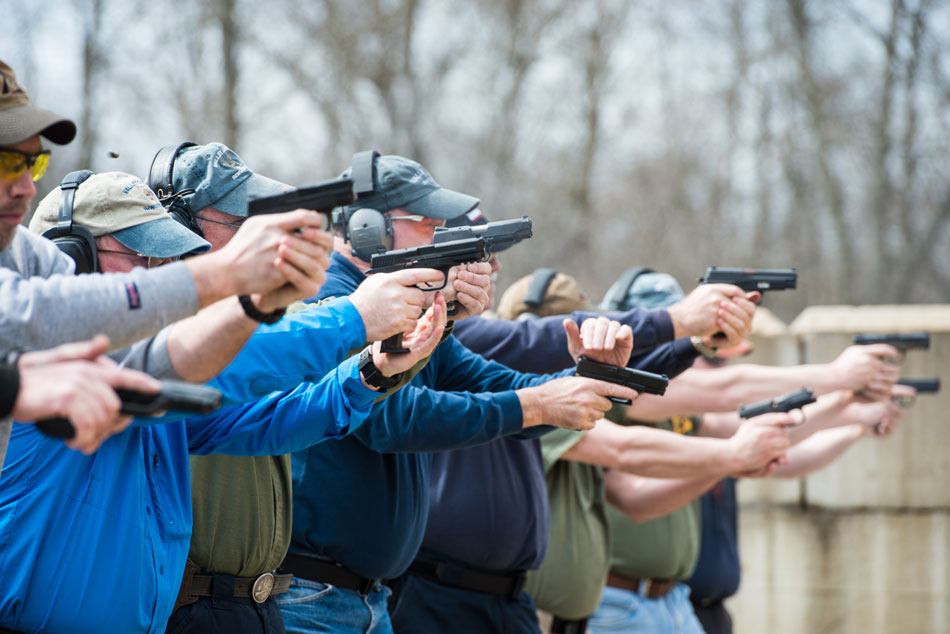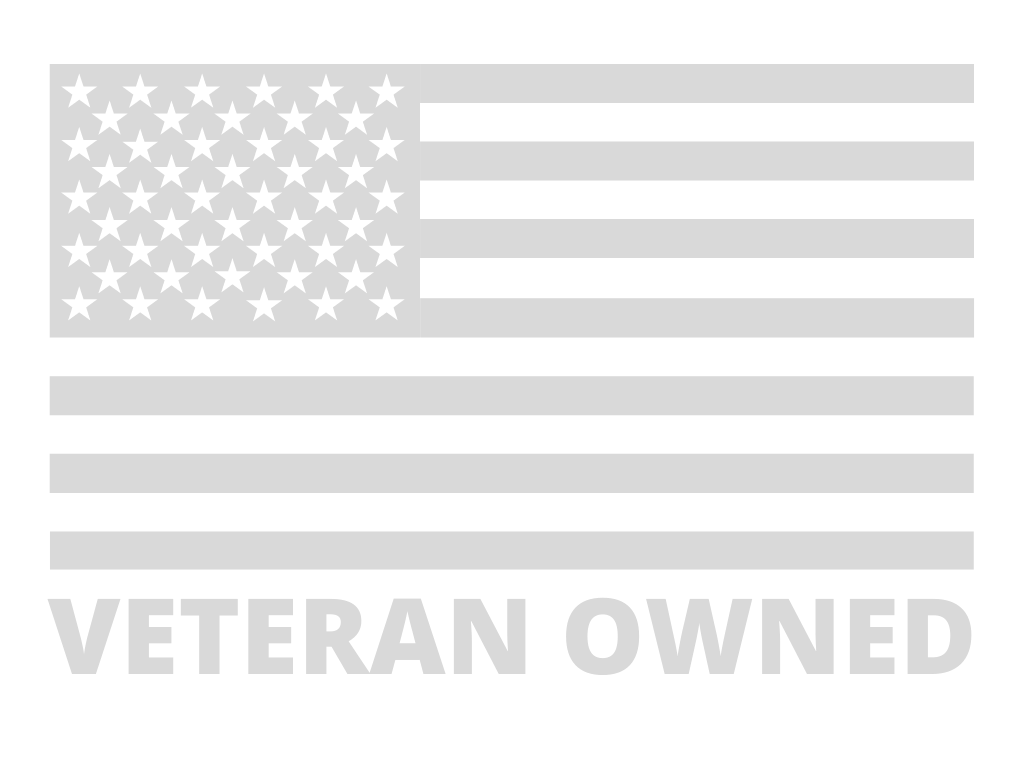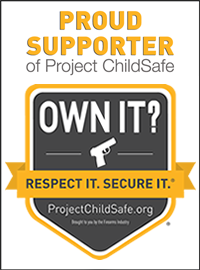Firearms, frequently associated with outdoor recreational pursuits or admired as intriguing
collectibles, carry an undeniable weight of responsibility. Their inherent power transforms
them from mere tools to potential life-altering instruments. The line separating a fulfilling
experience from unintended mishaps is thin, dictated mainly by the handler’s caution and
knowledge.
A cornerstone of this knowledge is understanding the source of your firearm. Starting with a
trusted foundation, such as purchasing from renowned and registered dealers available on
platforms like Arms Directory, not only ensures quality but emphasizes the ethos of safety
and accountability that every firearm owner should embody.
Why Is Firearm Safety Important?
The paramount significance of firearm safety transcends mere regulation or
recommendation; it’s an imperative for the well-being of individuals and communities alike.
Firearms, by design, hold the capacity to exert lethal force swiftly. A single moment of
carelessness might culminate in tragedies, echoing not just in the life of the handler but
rippling out to affect unsuspecting bystanders. Such accidents might not only lead to
immediate, tangible harm; the aftermath can scar minds, prompting lingering psychological
distress.
Additionally, a firearm-related incident can drag the involved individuals into legal quagmires,
often leading to penal consequences and irreparably tarnished personal and familial
reputations. Beyond the individual scale, each mishap chips away at the broader perception
of shooting as a sport or recreational activity, potentially catalyzing more restrictive
legislation that affects responsible gun enthusiasts.
Therefore, promoting and ensuring safe gun handling isn’t just a matter of personal
responsibility. It’s an act that maintains the honorable legacy of the sport, upholds the rights
of individuals, and, above all, acts as a bulwark preserving human lives.
Every Gun Owner Is Responsible For Safe Gun Handling
Owning a firearm is more than a right; it’s a responsibility that reverberates within and
beyond the gun-owning community. Each owner acts as a representative, with their conduct
shaping perceptions and setting standards. Irresponsible actions not only jeopardize
individual safety but cast shadows over all responsible enthusiasts. Hence, proper gun
handling is dual-faceted: it’s a personal safety net and a societal commitment to ensure that
these potent tools never cause unintentional harm.
How To Operate With A Gun Safely?
Operating a firearm safely demands a seamless fusion of knowledge, discipline, and
constant mindfulness. Here’s a breakdown of core principles that every gun owner should
adhere to:
Always Treat Every Gun as Loaded
Assuming a gun is unloaded can lead to complacency. Approach every firearm as if it were
loaded, instilling a level of respect and caution that becomes second nature. This mindset
minimizes risks, especially during moments of distraction.
Keep the Muzzle Pointed in a Safe Direction
The gun’s muzzle dictates the direction of a potential discharge. Always orient it in a
direction where, even if it were to fire, it wouldn’t cause injury or damage. Commonly
referred to as the ‘Golden Rule,’ it’s the most fundamental precaution to prevent accidental
harm.
Learn the Firearm
Each firearm, from revolvers to semi-automatics, has its nuances. Familiarize yourself with
the gun’s basic components: its safety mechanisms, how to load and unload, and its
maintenance needs. Taking a hands-on course or thoroughly reading the user manual
provides a foundational understanding, ensuring you’re not caught off-guard while handling
the weapon.
Keep your Finger off the Trigger
Your finger should rest along the frame or slide, away from the trigger, until you’ve made a
conscious decision to fire. This practice prevents unintentional discharges which might occur
due to sudden movements or surprises.
Use Correct Ammunition
Firearms are calibrated for specific ammunition. Using incorrect or substandard ammo can
lead to catastrophic malfunctions, posing direct threats to the shooter and bystanders.
Always match the ammo with the gun’s specifications. When in doubt, consult the firearm’s
manual or seek advice from seasoned professionals.
Wear Eye and Ear Protection
The acoustic intensity of a gunshot can lead to permanent hearing damage. Protective
earmuffs or earplugs are vital. Additionally, shooting can eject hot casings, gunpowder
residues, or other particulates, necessitating safety glasses to protect the eyes. Both forms
of protection should be non-negotiable components of your shooting gear.
Never Use Alcohol or Drugs Before or While Shooting
Any substance impairing judgment or motor skills exponentially increases the risks
associated with firearms. Alcohol, drugs, or even certain medications can cloud judgment,
delay reactions, and diminish motor skills. Stay completely sober when handling or operating
a gun.
Maintain Your Firearm
Routine maintenance ensures that your firearm operates reliably and safely. Dirt, rust, or
unburnt powder can cause malfunctions. Familiarize yourself with the cleaning process: how
to disassemble, clean, lubricate, and reassemble your gun. Regular checks for signs of wear
or breakage can help in identifying parts that need repair or replacement. A well-maintained
firearm not only extends its lifespan but ensures its consistent and safe performance.
Using And Storing A Gun: 8 Rules
The responsibilities associated with gun ownership persist even when the gun is not in active
use. Proper storage and regular maintenance are as crucial as safe operation, particularly to
prevent unauthorized access and ensure the firearm’s longevity.
1. Lock Unloaded Firearms and Ammunition Separately
Firearms should always be stored unloaded. Storing guns and ammunition separately adds
an additional layer of safety, reducing the risk of unintentional discharges. It’s not just about
securing firearms against theft, but also ensuring that curious children or uninformed
individuals cannot access and misuse them. Proper storage solutions, like dedicated gun
cabinets or safes, can provide both security and easy access for the owner.
2. Use Gun Safes
A quality gun safe offers a twofold advantage: security against theft and protection from
unauthorized access. Modern safes can feature biometric locks, combination codes, or
traditional keys. Beyond just storage, some safes offer fire resistance and humidity control,
essential for preserving the firearm’s condition. While the initial investment might seem
steep, the peace of mind and security it provides are invaluable.
3. Regularly Inspect and Service
Storage doesn’t mean neglect. Even when not in frequent use, firearms require regular
inspections for signs of rust, wear, or mechanical issues. Just as one would service a car
periodically, firearms too need cleaning, oiling, and occasional part replacements. Routine
maintenance ensures reliability and safety for when the gun is next used.
4. Educate Your Family
All household members, even if they aren’t users, should be educated about firearm safety.
They should understand the potential dangers, know never to handle firearms without
supervision, and be aware of basic safety protocols. This collective awareness drastically
reduces the chances of domestic firearm accidents.
5. Use Gun Locks
Gun locks, which can render a firearm inoperable, are essential, especially during transport.
These devices ensure that the gun cannot be fired, further bolstering safety during times
when the firearm might be more accessible than usual.
6. Stay Updated on Laws
Legal landscapes evolve. What’s permissible storage today might be deemed inadequate
tomorrow. Regularly reviewing local, state, and federal firearm storage and transportation
laws ensures you remain compliant. Non-compliance can lead to severe legal repercussions, even if the owner’s intentions were innocent.
7. Report Stolen or Lost Firearms
Immediate reporting of lost or stolen firearms is not just a legal obligation in many
jurisdictions but also a moral one. Swift reporting can prevent potential misuse and aids law
enforcement in their investigations.
8. Avoid Displaying Firearms
Prominent display can attract unwanted attention, both from potential thieves and curious
individuals. When not in use, firearms should be stored out of sight, emphasizing both safety
and discretion.
Conclusion
The sanctity of firearm ownership lies in the balance of rights and responsibilities. Firearms,
while powerful, are tools; their safety is dictated by the handler. Through continuous
education, unwavering caution, and a commitment to best practices, gun enthusiasts can
marry their passion with safety. As we cherish the freedom to own firearms, we must equally
champion the discipline of safe handling, ensuring a protected environment for all.









